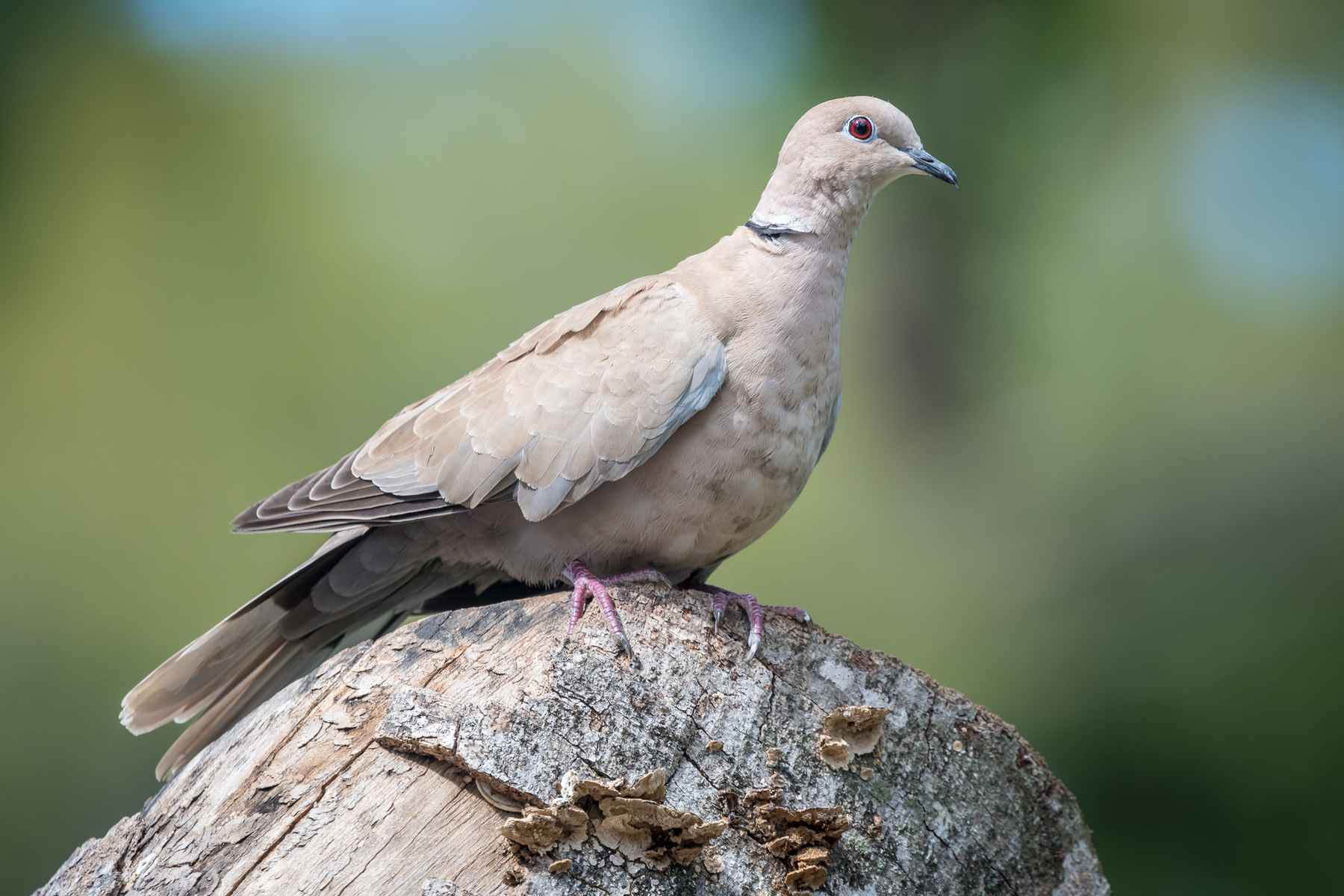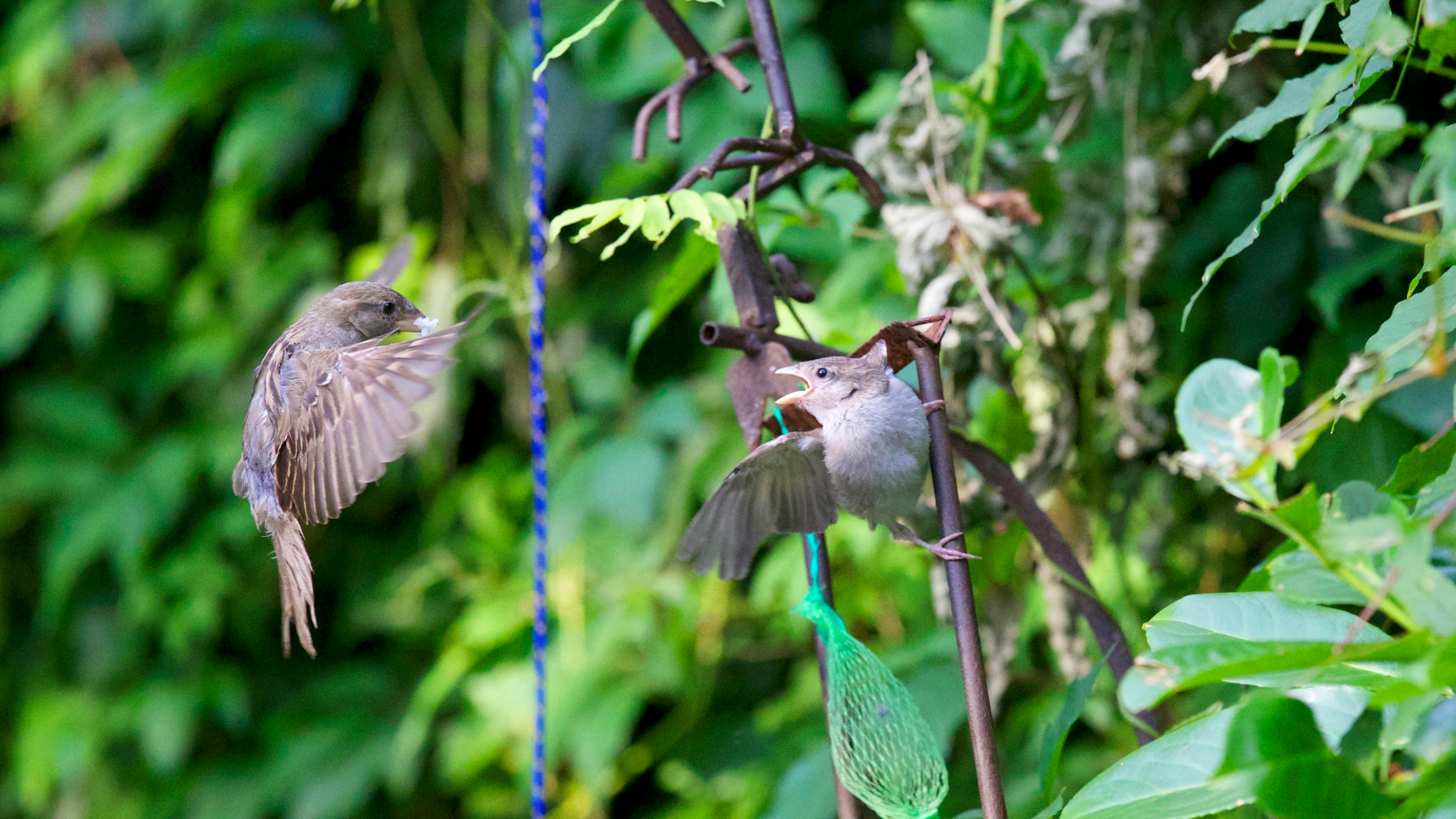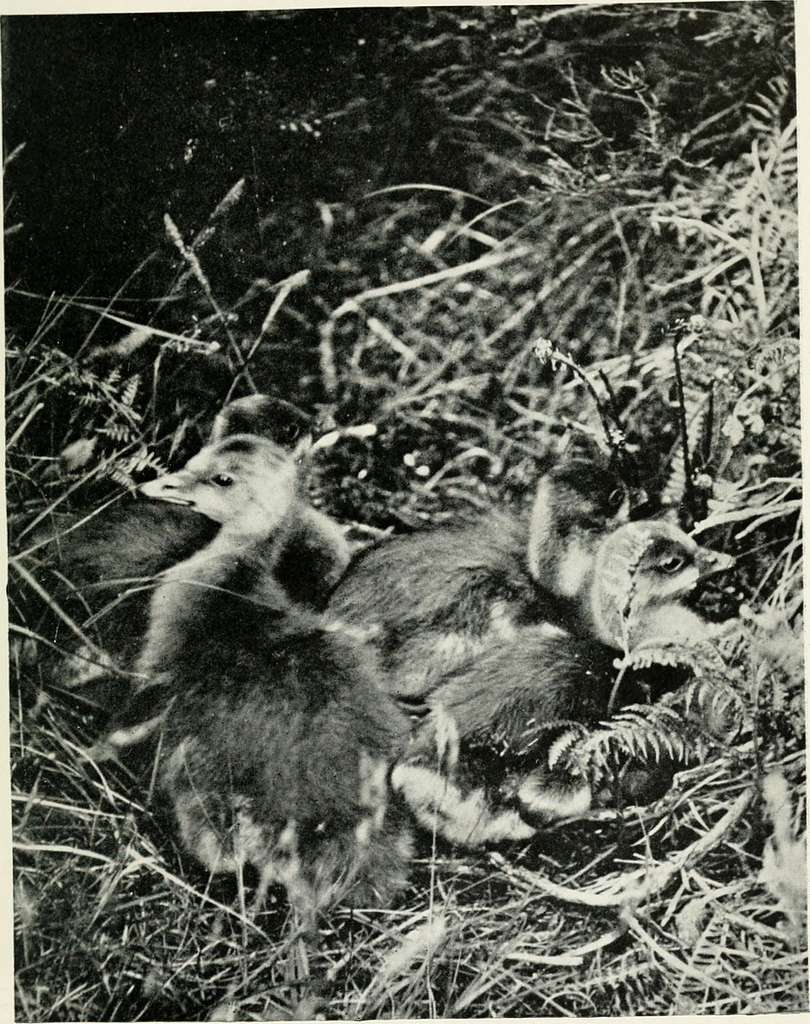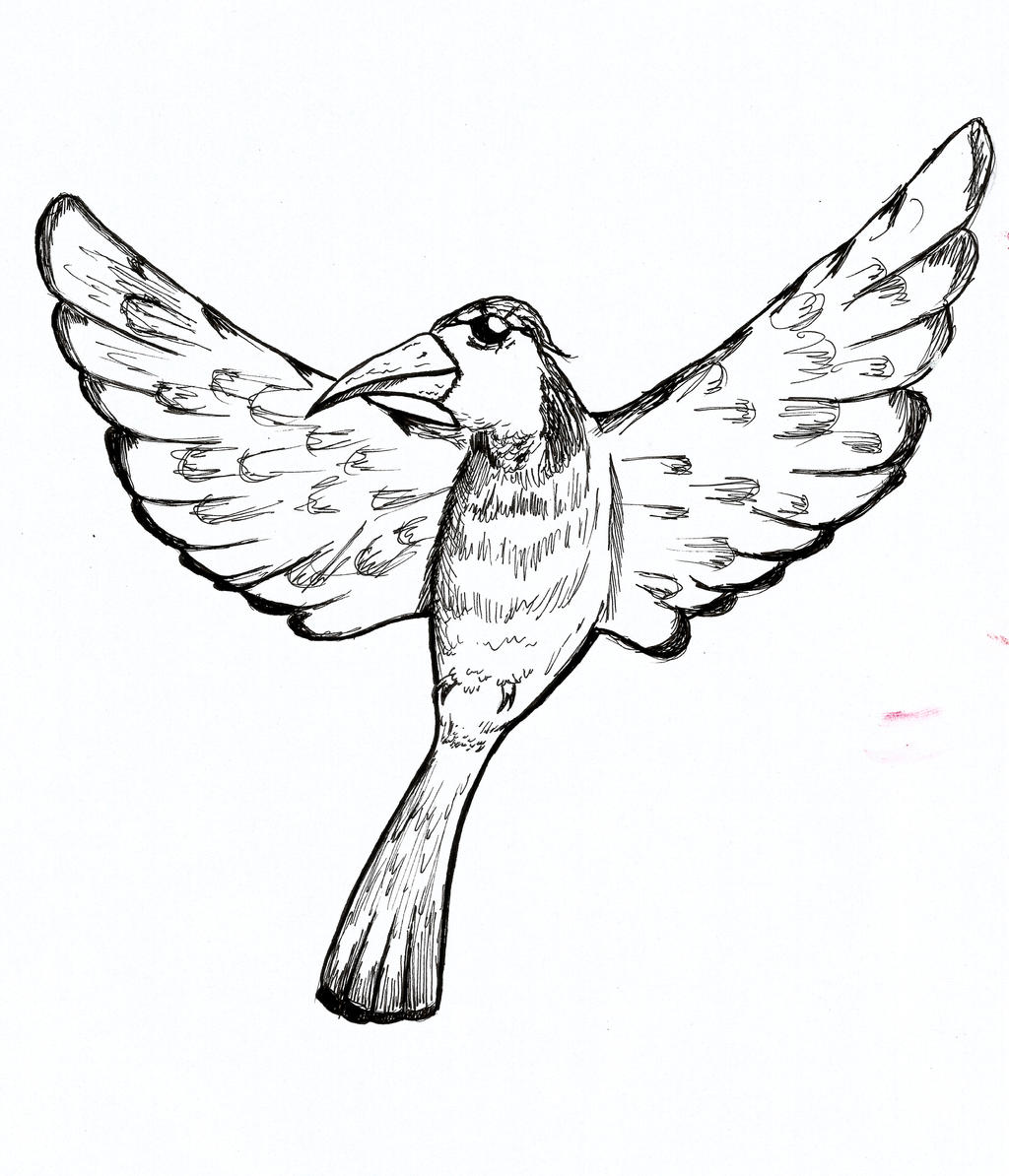Introduction

Birds are fascinating creatures that captivate our attention with their grace and agility in flight. But have you ever wondered how long it takes for a baby bird to take to the skies? The journey from hatching to flying is a critical and awe-inspiring phase in the life of a bird. Understanding the timeline of this process not only enriches our knowledge of avian development but also highlights the importance of ensuring the well-being and conservation of these young birds.
The transition from a helpless nestling to an independent flier is a remarkable feat that baby birds, also known as fledglings, undergo. During this period, they acquire the skills and physical capabilities necessary for flight, enabling them to explore the world beyond their nests. By comprehending the factors that influence the flight timing of baby birds, we can gain valuable insights into their growth, behavior, and vulnerability.
Knowing the average duration it takes for a baby bird to learn to fly is crucial for multiple reasons. Firstly, it provides us with a deeper understanding of the natural progression of avian development. Secondly, understanding this timeline allows us to observe and ensure the well-being of these young birds during their critical phase. Furthermore, comprehending the flight timing of baby birds can contribute to conservation efforts.
In this article, we will explore the fascinating journey of a baby bird from hatching to flight. We will delve into the factors that influence their flight timing, examine the different developmental stages they progress through, discuss the average flight timing for various bird species, and provide practical tips on how to assist a baby bird in learning to fly. By the end, you will have a comprehensive understanding of the timeline and significance of a baby bird’s flight journey, empowering you to appreciate and contribute to the well-being of these remarkable creatures.
Factors Influencing Flight Timing

The flight timing of baby birds is influenced by various factors that contribute to their overall development and readiness for flight.
Species

Different bird species exhibit distinct developmental patterns, resulting in varying flight capabilities. Precocial species, such as ducks, geese, and chickens, can start flying within a few days or weeks after hatching. In contrast, altricial species, including songbirds and raptors, require several weeks of nurturing and growth before they can achieve flight.
Environment

The environment plays a crucial role in shaping the flight timing of baby birds. Climate conditions, such as temperature and weather patterns, can affect the growth of flight muscles and feathers. The quality and suitability of their habitat can also influence their overall well-being and subsequent flight readiness.
Health and Development
The health and developmental stage of a baby bird significantly impact its ability to fly. If a baby bird is sick, injured, or malnourished, it may experience delays in its flight timing. Adequate nutrition, proper care, and a safe environment are essential for promoting healthy development and timely flight initiation.
Parental Influence
The behavior of the parents also influences the flight timing of baby birds. Parental birds provide crucial guidance and support during the fledgling stage, where they encourage their offspring to practice flying and explore their surroundings.
Understanding the factors that determine the flight timing of baby birds sheds light on the intricate processes involved in their development. Species characteristics, environmental conditions, health and development, and parental influence all contribute to the unique timeline of each baby bird’s journey towards flight. By appreciating these factors, we can gain a deeper understanding of avian life and the remarkable transformations that unfold in the natural world.
Developmental Stages of Baby Birds
![]()
Baby birds undergo distinct developmental stages before they can soar through the skies. Understanding these stages is crucial in comprehending the journey of a baby bird from hatching to flight. Let’s explore the key stages in a baby bird’s development: hatching, nestling stage, fledging, and learning to fly.
Hatching
The first stage in a baby bird’s life is hatching. It’s an awe-inspiring process where the baby bird breaks free from its eggshell and enters the world. The duration of incubation varies depending on the species, influenced by factors such as bird species, environmental conditions, and the bird’s health.
Nestling Stage
After hatching, the baby bird enters the nestling stage. During this period, the bird is mostly featherless, relying entirely on its parents for warmth, protection, and food. As the nestling grows, it starts developing feathers, a crucial preparation phase for the bird’s upcoming stages.
Fledging
The next significant stage is fledging, when the baby bird leaves the nest for the first time to explore its surroundings. This marks a pivotal step towards independent flight. The age at which fledging occurs varies among bird species, with some birds taking only a few weeks while others require several months to develop enough strength and coordination.
During the fledging stage, the baby bird gains confidence in its wings, hopping from branch to branch, flapping its wings, and practicing short flights. It’s a critical period where the bird hones its flight skills and becomes more self-reliant.
Learning to Fly
After fledging, the baby bird enters the stage of learning to fly. It progressively refines its flying abilities through practice and experience. This learning process varies depending on the species and the individual bird. Some birds quickly become skilled flyers within weeks, while others may require several months of practice. During this stage, the baby bird continues to learn from its parents and observes other adult birds, picking up essential flying techniques.
By reaching the stage of independent flight, the baby bird achieves a significant milestone, enabling it to explore its habitat, search for food, and find shelter.
Understanding the developmental stages of baby birds, from hatching to fledging and learning to fly, provides valuable insights into the journey these remarkable creatures undertake as they grow and gain the ability to take flight.
Average Flight Timing for Different Species


Understanding the average flight timing of different species of baby birds can provide valuable insights into their development and behavior. Let’s explore the flight timing of owls, hummingbirds, and ducks as examples of diverse avian species.
Owls
Owls exhibit considerable variation in the time it takes for their young to take flight. For instance, barn owls typically begin flying around 9 to 10 weeks of age. However, some owl species have fledging periods where they venture out of the nest and start exploring nearby branches before achieving fully-fledged flight.
Hummingbirds
Hummingbirds, known for their exceptional aerial abilities, have a relatively short duration between hatching and flying. On average, baby hummingbirds take flight around 3 weeks of age. However, flight timing can vary depending on factors such as species and environmental conditions.
Ducks
The flight timing of baby ducks can also vary based on their species. Mallard ducks, a commonly encountered species, typically fledge and commence flying around 50 to 60 days after hatching. However, other duck species may have different timelines. Therefore, specifying the species when discussing flight timing is necessary for a comprehensive understanding.
General Considerations

When examining the average flight timing of baby birds, it’s important to consider various factors that can influence their development. These factors include species, individual maturation rates, environmental conditions, and the quality of parental care provided. Additionally, the term “flying” can have different interpretations among bird species, with some engaging in initial flight attempts before becoming proficient flyers.
Further Research

To gather more accurate and detailed information regarding flight timing, conducting additional research on specific bird species would be beneficial. Exploring a wider array of avian species can uncover unique patterns and provide a deeper understanding of the factors influencing the flight development of baby birds.
In the next section, we will delve into practical tips and advice on how to assist baby birds in learning to fly successfully.
Developmental Stages of Baby Birds

Baby birds go through distinct stages before achieving flight. Understanding these stages is crucial for helping them learn to fly effectively.
Hatching
The journey to flight begins with the hatching of a baby bird from its egg. Hatching times vary greatly depending on the species. During this stage, parent birds provide constant care and nourishment to ensure the hatchlings’ growth and development.
Fledging
Fledging marks the period when a baby bird leaves the nest for the first time. At this stage, the bird’s feathers have fully developed, enabling it to maintain body temperature and protect itself. Fledging typically occurs when the bird is around 2 to 3 weeks old, but timing varies by species.
Learning to Fly
Learning to fly is the ultimate goal for a baby bird. After leaving the nest, it explores its surroundings and gradually develops the skills necessary for flight. During this stage, the bird learns to use its wings, build muscle strength, and improve coordination. Wing flapping, hopping, and short flights are common as the bird gains confidence and proficiency.
Average Flight Timing for Different Species
The flight timing of baby birds differs significantly across species, providing valuable insights into their development.
Owls
Owls are known for their remarkable ability to fly silently through the night. Baby owls start learning to fly when they are around 9 to 10 weeks old. They require more time to develop wing strength and hunting skills, resulting in a longer developmental period.
Hummingbirds
Hummingbirds are fascinating creatures known for their agility and swift flight. Baby hummingbirds typically begin their flying lessons when they are about 3 to 4 weeks old. Due to their small size, they achieve flight relatively quickly compared to larger species.
Ducks
Ducks are waterfowl that rely on both land and water for survival. Baby ducks, called ducklings, usually start learning to fly around 6 to 8 weeks of age. They undergo a gradual transition from swimming and floating to taking short flights, utilizing their webbed feet and strong wings.
How to Help a Baby Bird Learn to Fly

Assisting a baby bird in learning to fly requires providing a safe and conducive environment that encourages its natural instincts and development.
Provide a Safe Environment
Creating a secure and enclosed space is crucial for the bird’s practice sessions. Set up a large wire cage or utilize a small room with windows covered in a breathable mesh material to prevent escape or injury. This controlled environment ensures the bird’s safety and allows for progress monitoring.
Allow Ample Space for Practice
The practice area should be spacious enough for the bird to hop, flutter, and take short flights. Remove obstacles or hazards that may interfere with the bird’s flight path, ensuring a safe area for exploration and skill development.
Encourage Exercise and Strengthening
To help the baby bird develop balance, leg muscles, and wing strength, provide perches of varying heights within the practice area. These perches simulate natural branches and enable the bird to practice perching and take-off techniques. Including toys or objects for interaction promotes physical activity and wing flapping.
Gradual Introduction to the Outdoors
Once the bird has gained confidence and strength through indoor practice sessions, gradually introduce it to the outdoors. Place the cage or practice area outside in a sheltered location, exposing the bird to the sights, sounds, and elements of the natural environment. This gradual transition prepares the bird for eventual flight in the wild.
Remember, each baby bird is unique, and their progress in learning to fly may vary. Patience, observation, and providing a nurturing environment are key factors in helping them develop their flying skills successfully.
Conclusion


Understanding the developmental stages and flight timing of baby birds is crucial for their well-being. By providing a safe environment, ample practice space, and gradual exposure to the outdoors, we can support their natural instincts and help them learn to fly effectively. Assisting these young aviators contributes to their growth and promotes a healthier bird population.
Conclusion
In this article, we have delved into the captivating world of baby birds and their journey towards flight. Understanding their flight timing is vital for appreciating their natural development and ensuring their well-being. Let’s recap the key points discussed and emphasize the importance of this knowledge.
Recap of Main Points
We began by examining the factors that influence the flight timing of baby birds. Species, environment, and health all play significant roles in determining how long it takes for them to fly. Different species have varying developmental stages, including hatching, fledging, and learning to fly.
Variations Among Bird Species
The duration for baby birds to learn to fly can vary greatly depending on the species. Some birds acquire flight skills within days, while others may take weeks or even months. These differences highlight the diversity and complexity of avian development.
Factors Influencing Flight Timing
Several factors influence the time it takes for baby birds to fly. The species, size, and habitat of the bird all contribute to the developmental timeline. Environmental conditions, such as food availability and the presence of predators, also impact flight timing.
Importance of Understanding Flight Timing

Understanding the flight timing of baby birds is crucial for appreciating their natural progression and unique needs during this critical stage. By gaining insight into their developmental journey, we can better support and protect these vulnerable creatures. It allows us to create safe environments, preserve nesting habitats, and ensure an adequate food supply, ultimately contributing to their survival and successful integration into ecosystems.
Implications for Conservation
Knowledge of flight timing has significant implications for conservation efforts. By safeguarding nesting habitats and ensuring sufficient resources during the fledgling period, we can enhance the chances of survival for young birds. This understanding enables us to make informed decisions and implement conservation strategies that promote the well-being of baby birds and the sustainability of avian populations.
Encouraging Observation and Learning
In conclusion, understanding the flight timing of baby birds invites us to observe and appreciate these remarkable creatures as they embark on their journey towards flight. By taking the time to learn about their developmental stages, we can develop a deeper connection with nature and foster a sense of responsibility towards the protection and conservation of our avian friends.
As we continue to explore the wonders of the natural world, let us embrace the awe-inspiring process of a baby bird’s flight and strive to create a harmonious environment where they can thrive and grace the skies with their presence.
Frequently Asked Questions
How long does it take for a baby bird to fly?
The duration for a baby bird to learn to fly varies depending on the species. Some birds can start flying within a few days or weeks after hatching, while others may require several weeks or even months to develop the necessary skills and strength for flight.
What factors influence the flight timing of baby birds?
The flight timing of baby birds is influenced by several factors, including the species of the bird, environmental conditions, the health and development of the bird, and the influence of parental guidance and support.
What are the developmental stages a baby bird goes through before flying?
Baby birds go through distinct stages before they can fly. These stages include hatching, nestling stage, fledging (leaving the nest), and learning to fly. Each stage plays a crucial role in the bird’s development and preparation for flight.
How long does it take for different bird species to learn to fly?
The average flight timing varies among bird species. For example, barn owls typically start flying around 9 to 10 weeks of age, while baby hummingbirds can take flight at around 3 to 4 weeks old. The flight timing of ducks, such as mallards, is around 50 to 60 days after hatching.
How can I help a baby bird learn to fly?
To assist a baby bird in learning to fly, it’s important to provide a safe environment, ample space for practice, and opportunities for exercise and strengthening. Gradually introducing the bird to the outdoors can also help in its development. Patience, observation, and a nurturing environment are key in supporting their flight training.

Leave a Reply